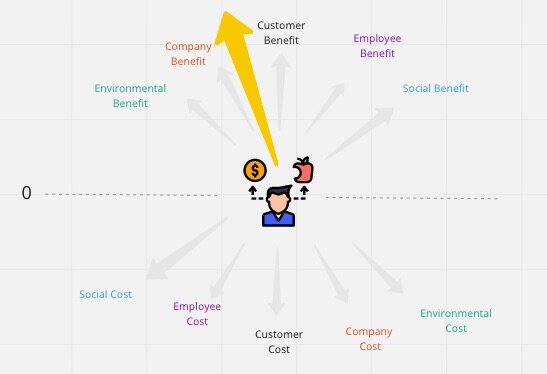Learning to Fly
I started dabbling in fly fishing about 15 years ago. I find the fluid motion of the cast, the sound of the water, and the surroundings all very calming and serene. It is often enough for me to simply see fish rising; i don’t have to catch any of them to have a good day.
That viewpoint has shifted a little for me. I’ve come to realize that it has been EASIER to simply take pleasure in being in that world than to set myself a goal of solving the often complex puzzle of catching a fish. I’ve caught plenty of fish on a fly but mostly under the tutelage of one or two guiding friends. I have realized that real anglers are those that, while they have vast array of experience, continue to learn quickly in the moment.
There are several tools a fly fisher must possess in order to be successful. With a basic but suitable rod, reel, and line (along with a selection of potentially suitable flies) one can start to dabble in the puzzle that is fly fishing.
There are many other tools available and they mostly allow you to apply your skills in different and more numerous situations. For instance waders allow you to position yourself in water to gain a particular angle on a pool. I have some of these tools. There are many skills a fly fisher must acquire to participate in the puzzle of catching a fish, among them the abilities to:
- cast and modify that cast for different situations
- select promising seams of water in which to cast
- decide how to approach casting a particular seam
- set a fly in a fish’s mouth once the fish has taken the fly
- land a fish, extract the fly, and release the fish
Over the years I have been able to acquire some of these skills to varying degrees; sometimes through my own practice and sometimes as a result of mentoring from more experienced puzzlers.
These are all necessary tools and skills for actively participating in the puzzle solving but the skills most valuable are those that result in the ability to experiment quickly.
- Observing which insects are causing fish to rise (often in cyclic ‘hatches’)
- Selecting the most closely matched fly to your observations - Changing flies on your line quickly
- Repeating until you get clear evidence you are presenting the right fly
Because I found tying knots frustrating and had never really taken the time to learn, I found it easier to simply participate in (and enjoy) the basic skills (NOT changing flies very often) rather than the actual puzzle solving skills. These skills take time to learn, practice to get proficient at, and require patience.
My understanding and appreciation of the joy of fly fishing has changed. After a particularly difficult day on the river yesterday, my fishing ‘guide’ and I had the following exchange and I am so grateful for his perspective:















